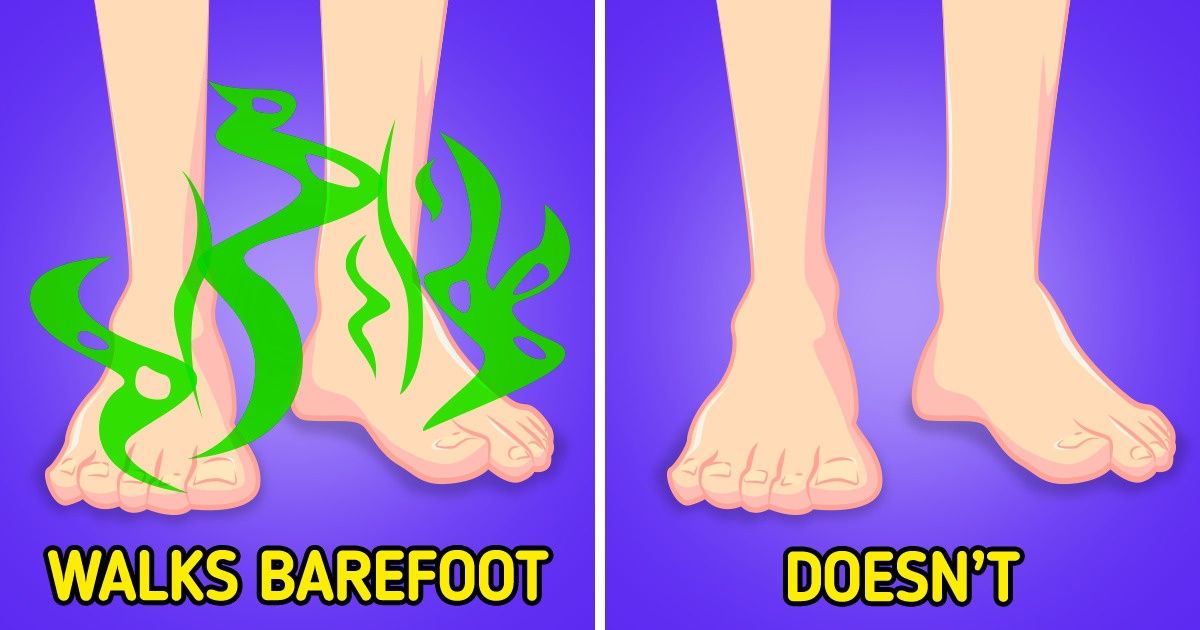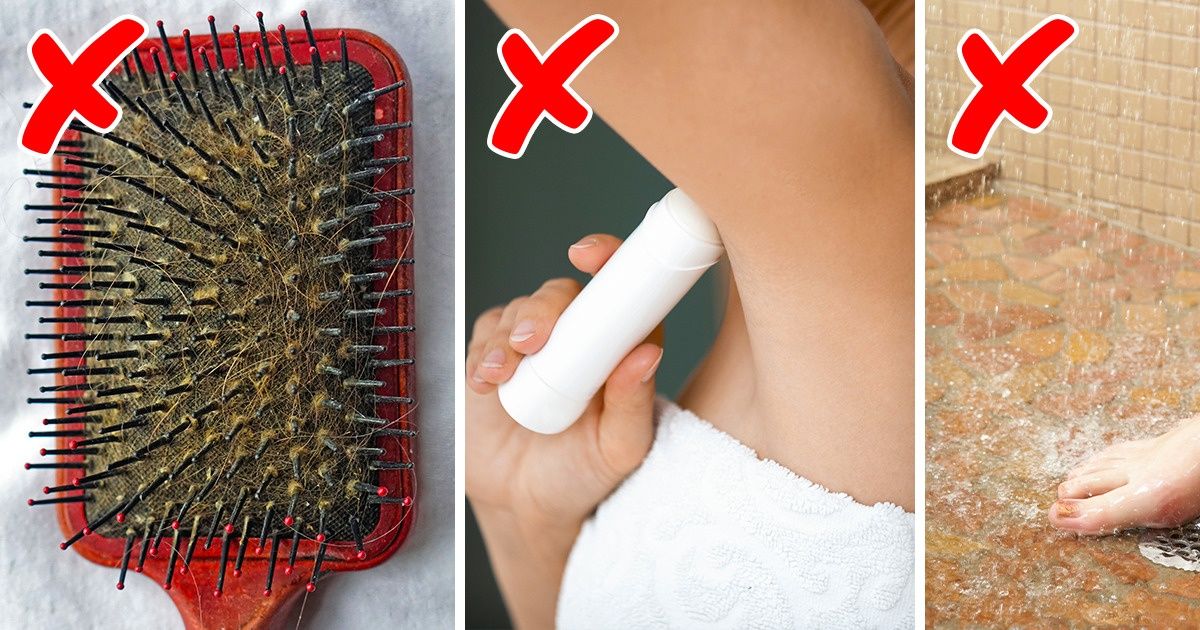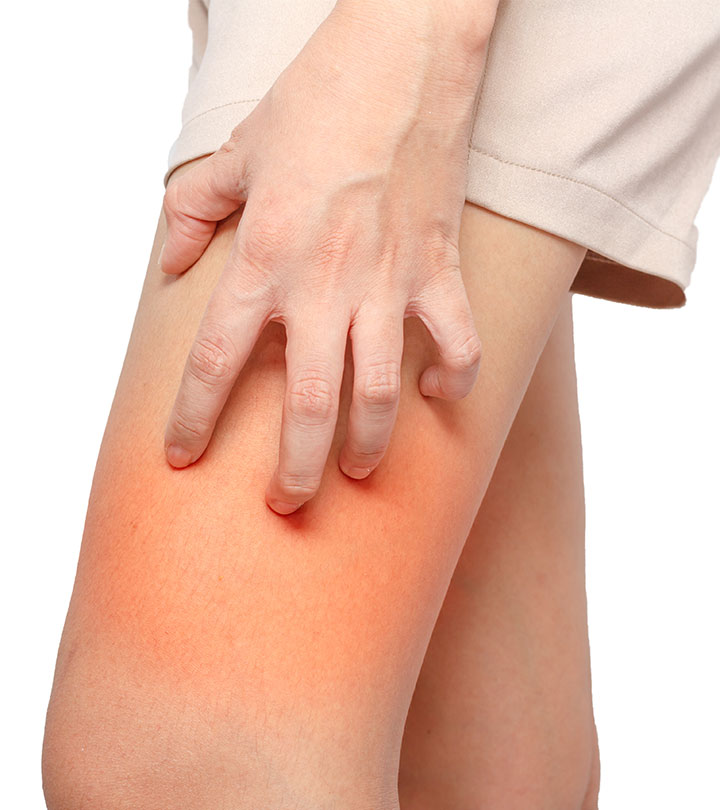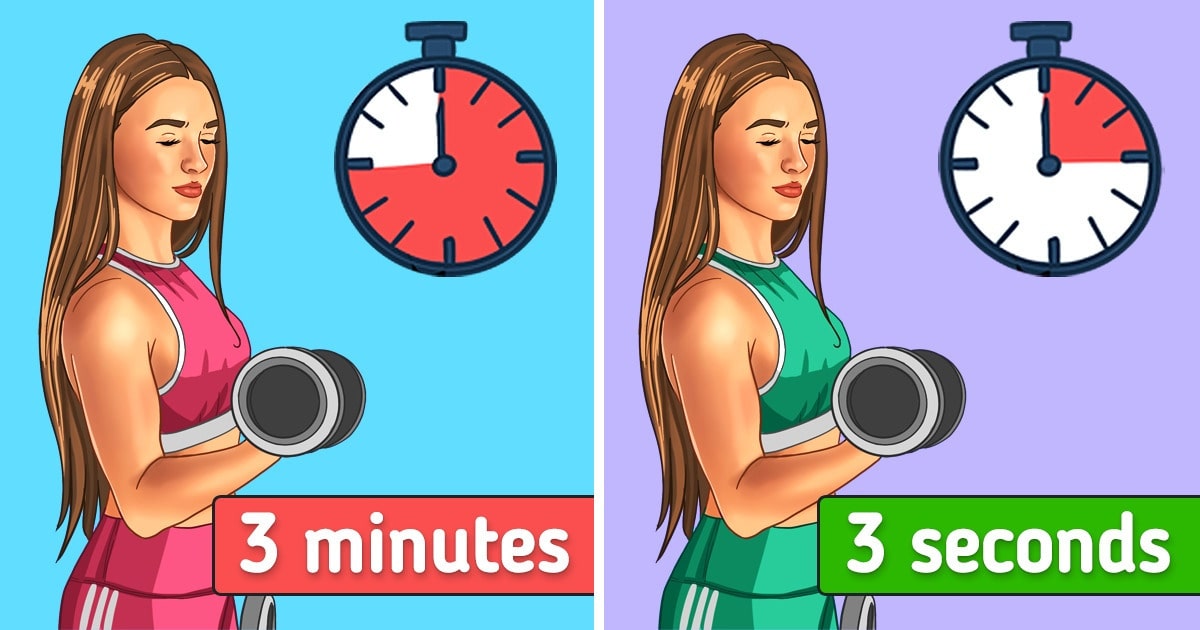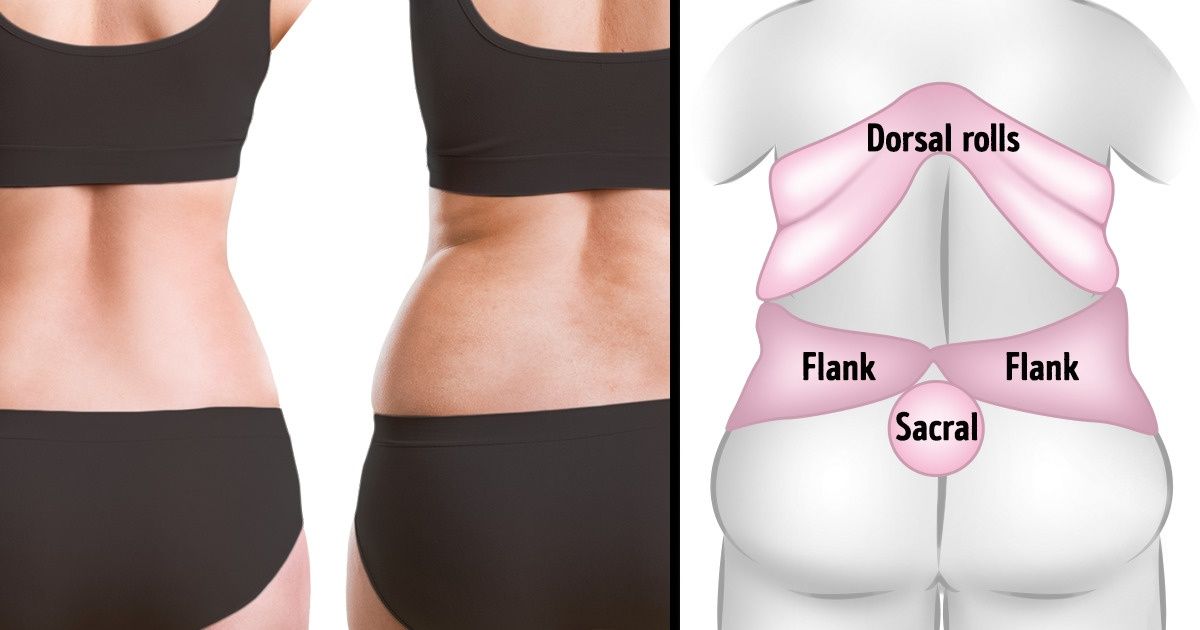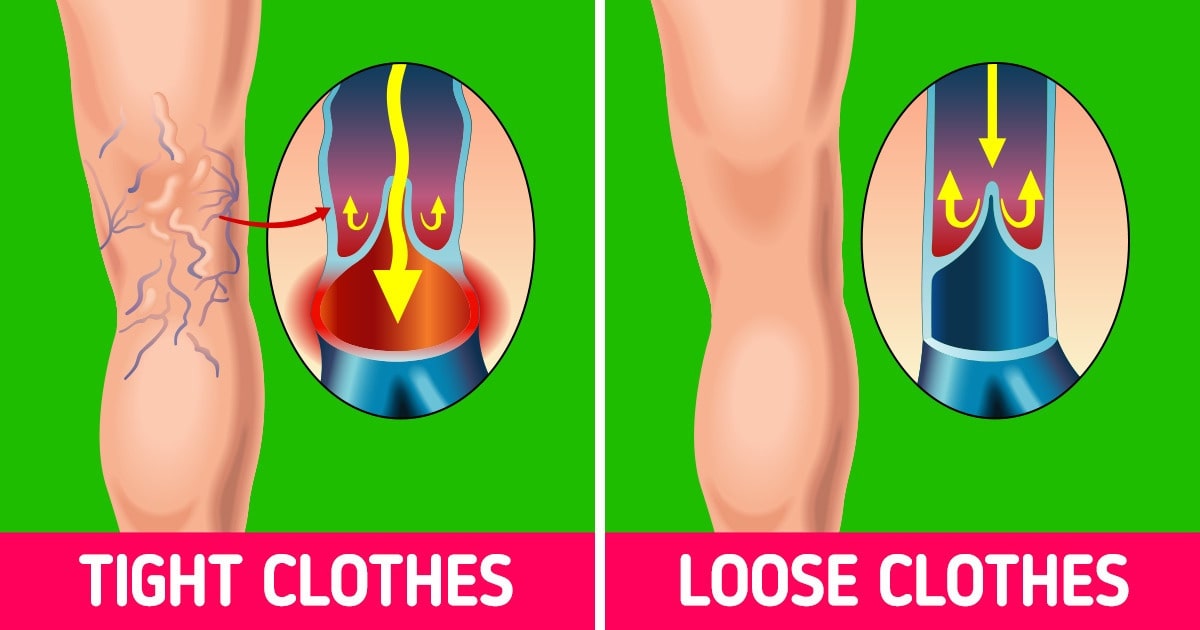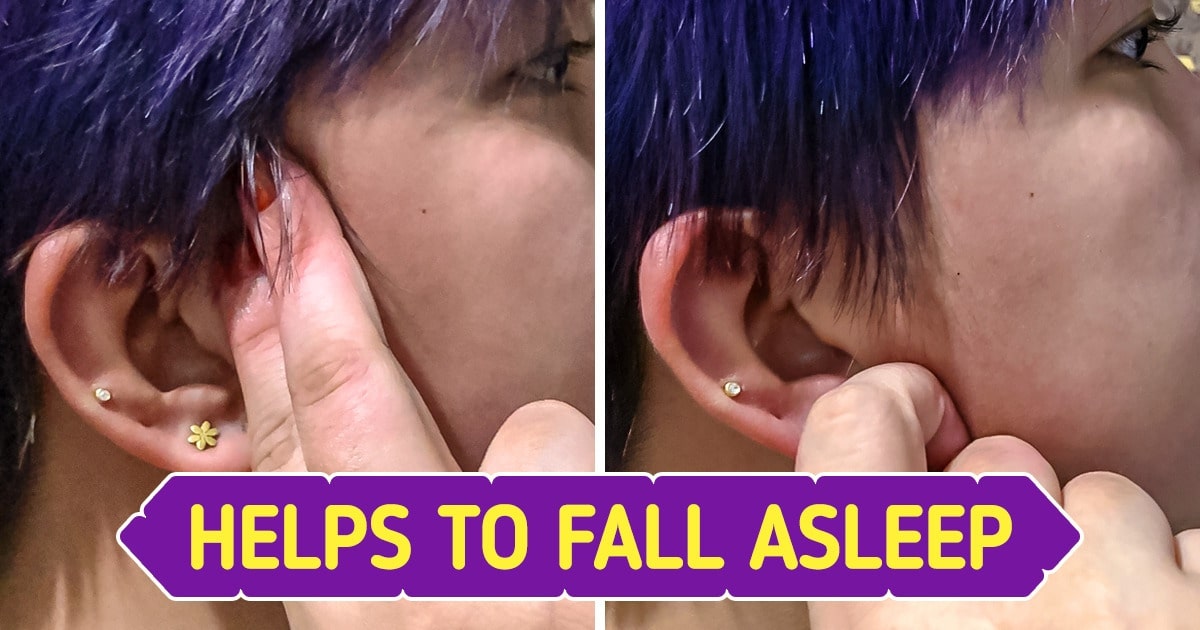As a parent, ensuring your baby feels comfortable and secure is one of your highest priorities. Babies often experience various forms of discomfort—from teething pains to an upset tummy—that can leave them fussy and irritable. Pressure point therapy, a natural and gentle method rooted in traditional practices, has gained popularity among parents looking for safe ways to help their infants relax and relieve discomfort.
In this detailed guide, we’ll explore six key pressure points that can help calm your baby down and alleviate common discomforts. By understanding and applying these techniques, you can provide your little one with natural relief while fostering a sense of security and comfort. This article will serve as a comprehensive resource for parents seeking non-invasive remedies to soothe their infants.
Teething Discomfort Relief: Pressure Points for Soothing Baby’s Gums
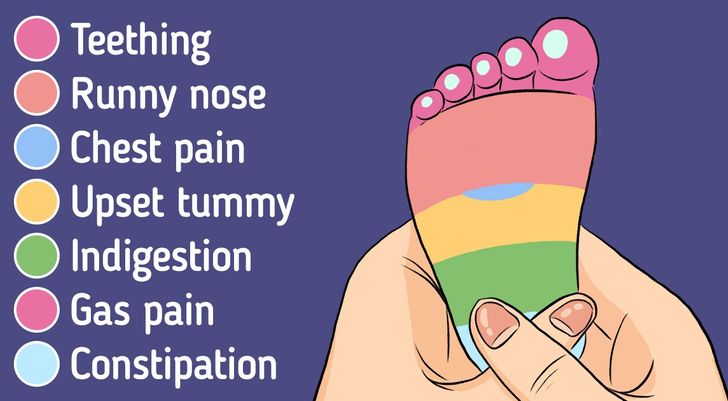
Teething is a natural process, but it can cause significant discomfort for infants. Many parents turn to teething rings, cold washcloths, or even pain relievers to ease this pain. However, gentle pressure point stimulation on the baby’s face and jaw may also offer relief.
How It Works:
Locate the Pressure Point: The area between the cheek and the upper jaw, near the ear, is often associated with teething discomfort. Gently massaging this region can help alleviate pain.
Application Technique: Use a clean finger to apply soft, circular motions along the pressure point. Do this for a couple of minutes at a time, and always ensure your hands are clean to avoid infection.
Benefits:
- Reduces inflammation and eases gum pain.
- Provides a distraction from teething discomfort.
- Can be combined with other natural remedies like teething gels or cold objects for additional relief.
For further reading on teething and natural remedies, visit WebMD’s Teething Guide for expert insights on managing your baby’s teething phase.
Relieving Runny Nose and Congestion in Babies: Pressure Point Techniques
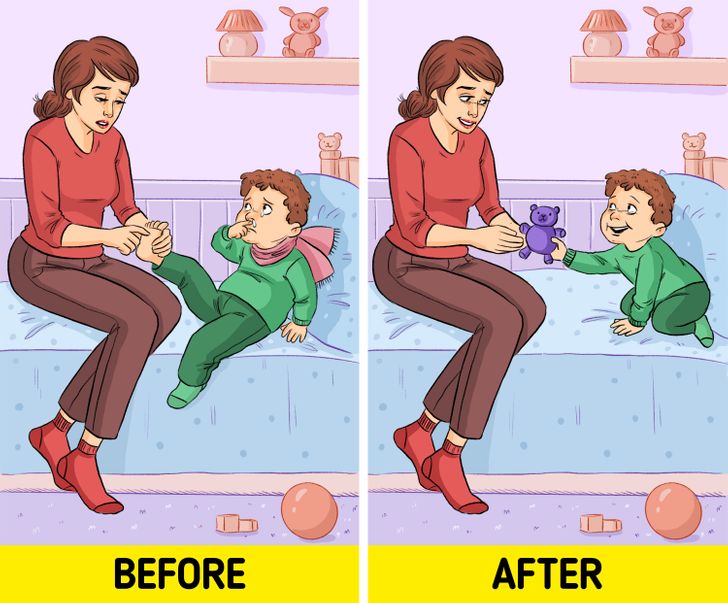
Infants often struggle with runny noses and congestion, especially during seasonal changes or colds. This can affect their sleep and overall mood, making it essential to find ways to help them breathe easier.
Target Pressure Points for Congestion Relief:
- Bridge of the Nose: Gently pressing the area between your baby’s eyebrows can help reduce sinus pressure.
- Base of the Nose: Massaging the area just below the nose along the sides of the nostrils may also relieve congestion.
Application Technique:
- Lightly press and massage these areas with a gentle, circular motion. Always use a light touch to avoid causing discomfort.
- Combine this pressure point therapy with a humidifier or saline nasal drops recommended by your pediatrician for more comprehensive relief.
Studies have shown that natural pressure point stimulation can help alleviate nasal congestion. For additional information, Mayo Clinic’s guidelines on managing infant colds offer complementary advice.
Soothing Chest Discomfort: Pressure Points for Infant Respiratory Relief

Sometimes, babies experience a sensation of tightness or mild discomfort in their chest, which can be related to colds, allergies, or even mild respiratory infections. Utilizing pressure points to soothe chest discomfort can help your baby relax and breathe more comfortably.
Key Pressure Point:
- Center of the Chest: Gently massaging the center of the chest, just below the collarbone, can encourage relaxation and relieve minor chest tightness.
How to Apply:
- Use your fingertip to press gently in circular motions. Be cautious and gentle to avoid applying too much pressure.
- This technique not only helps ease chest discomfort but can also promote a calming effect that might improve your baby’s overall mood.
For parents looking for more natural respiratory relief methods, Healthline’s article on infant respiratory care offers additional insights into managing these symptoms.
Easing an Upset Tummy: Pressure Points for Infant Abdominal Comfort
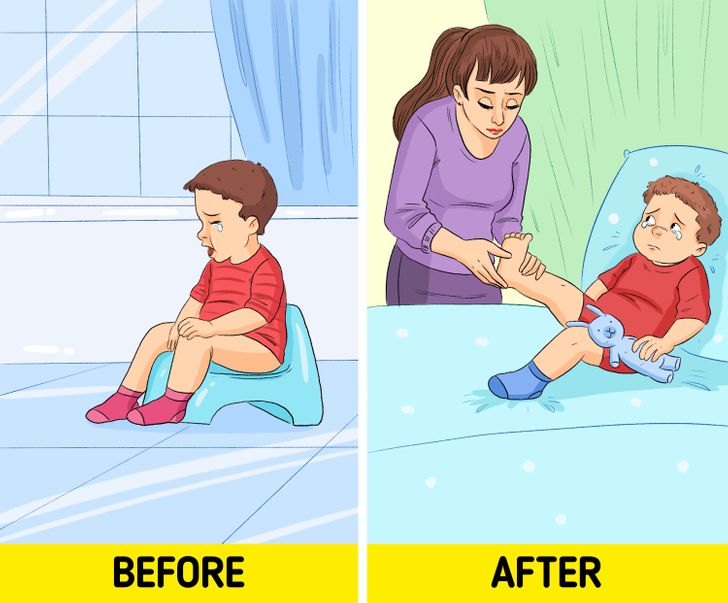
An upset tummy is a common issue in infants, leading to fussiness, poor sleep, and general discomfort. Abdominal pressure points can help stimulate digestion and reduce the discomfort associated with gas or mild colic.
Identifying the Abdominal Pressure Point:
- Lower Abdomen: The area around the lower abdomen, just below the navel, can be gently massaged to promote digestive health.
- Technique: Use two fingers to apply soft, circular motions on the lower abdomen. This can help in releasing trapped gas and promoting bowel movement.
Benefits:
- Helps in reducing gas and bloating.
- Stimulates the digestive system naturally.
- Can be used in combination with tummy massages to enhance overall relief.
Incorporating gentle abdominal massages has been supported by pediatricians as a safe way to relieve colic and gas. For more on tummy relief in infants, refer to the Cleveland Clinic’s advice on infant colic.
Managing Indigestion in Babies: Pressure Points to Alleviate Digestive Discomfort

Infants can also suffer from indigestion, which may manifest as fussiness during or after feeding. Indigestion in babies is often a sign that their digestive system is still developing and can be naturally managed with targeted pressure points.
Pressure Point Focus:
- Mid-Abdomen: The middle area of your baby’s abdomen is key for easing indigestion. A gentle massage in this region can help stimulate digestion and alleviate discomfort.
Application Method:
- Apply gentle pressure using your fingertips, massaging in a clockwise direction to promote the natural movement of the digestive system.
- This technique may also be effective when used alongside gentle burping after feeding.
The practice of using pressure points for digestive issues is supported by traditional remedies and modern research. For more detailed guidance on infant indigestion, check out BabyCenter’s resources on managing baby digestion.
Natural Relief for Baby Constipation: Pressure Points to Encourage Bowel Movement
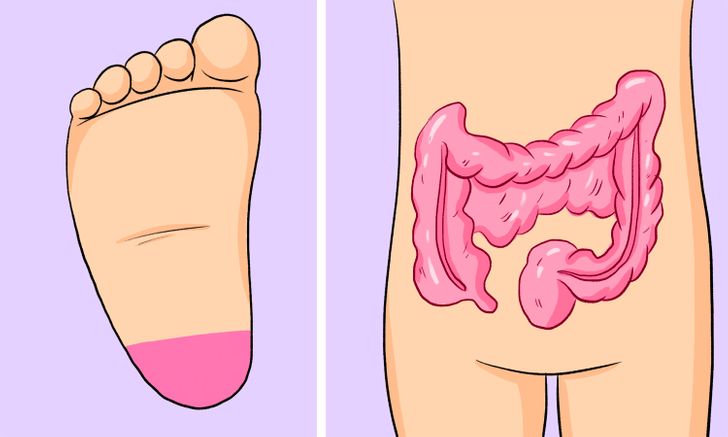
Constipation in babies is a distressing condition that can make your little one extremely uncomfortable. Fortunately, gentle pressure point therapy can help stimulate bowel movements and ease constipation naturally.
Identifying the Relevant Pressure Point:
- Lower Back and Abdomen Junction: Focus on the area where the lower back meets the abdomen. This region can be gently massaged to promote the natural movement of the bowels.
Application Technique:
- Use light, steady pressure with your fingers in circular motions along this junction.
- You can incorporate this pressure point massage into a broader tummy massage routine to further stimulate digestive activity.
Natural remedies, including pressure point techniques, have been shown to assist in relieving constipation without the need for medication. For additional tips, WebMD’s article on infant constipation provides useful information and alternative solutions.
Additional Tips for Maximizing Infant Comfort with Pressure Points
While the six pressure points detailed above can significantly aid in calming a baby and relieving discomfort, here are some extra tips to maximize the effectiveness of these natural remedies:
Consistency is Key: Regularly applying pressure point therapy can help your baby become more accustomed to the sensation, making it a more effective method for long-term relief.
Combine with Gentle Massage: Integrate overall baby massage techniques with pressure point therapy to create a holistic approach that promotes relaxation, improves sleep, and enhances digestion.
Create a Calm Environment: Ensure that the environment is quiet and comfortable. Dim lighting, soft music, and a warm room can all contribute to a soothing atmosphere that supports the benefits of pressure point therapy.
Monitor Your Baby’s Reactions: Every baby is unique. Watch for signs of discomfort or distress during the massage, and adjust the pressure and technique as needed. Always consult your pediatrician if you have concerns about your baby’s health or if symptoms persist.
Incorporate Natural Oils: Using a small amount of baby-safe oil can make the massage smoother and more enjoyable for your baby. Oils such as coconut or almond oil not only nourish the skin but also enhance the massage experience.
Integrating these practices with the pressure point techniques can lead to a more balanced and holistic approach to infant care, ensuring that your baby remains calm, comfortable, and content.
Conclusion: Embrace Natural Pressure Point Therapy for a Happier Baby
In today’s world, where many parents are seeking natural alternatives to soothe their infants, pressure point therapy stands out as a safe, effective, and non-invasive method to relieve common discomforts. From teething pain and runny noses to chest discomfort, upset tummies, indigestion, and constipation, each of these pressure points offers a targeted approach to enhancing your baby’s well-being.
By incorporating these six proven pressure points into your daily routine, you can provide your baby with gentle, natural relief and promote a sense of calm that benefits both of you. Remember to create a nurturing environment, use consistent techniques, and always prioritize your baby’s comfort and safety.
For more information on infant massage and natural remedies, consider exploring reputable resources such as WebMD, Mayo Clinic, and BabyCenter. These trusted sources offer additional insights and tips to help you navigate the challenges of infant care with confidence.
Adopting pressure point therapy not only provides immediate relief but also fosters a deeper connection between you and your baby. As you gently massage and care for your little one, you are also building a foundation of trust, comfort, and love that will last a lifetime. Embrace these natural techniques, and watch as your baby relaxes into a more contented, peaceful state.
